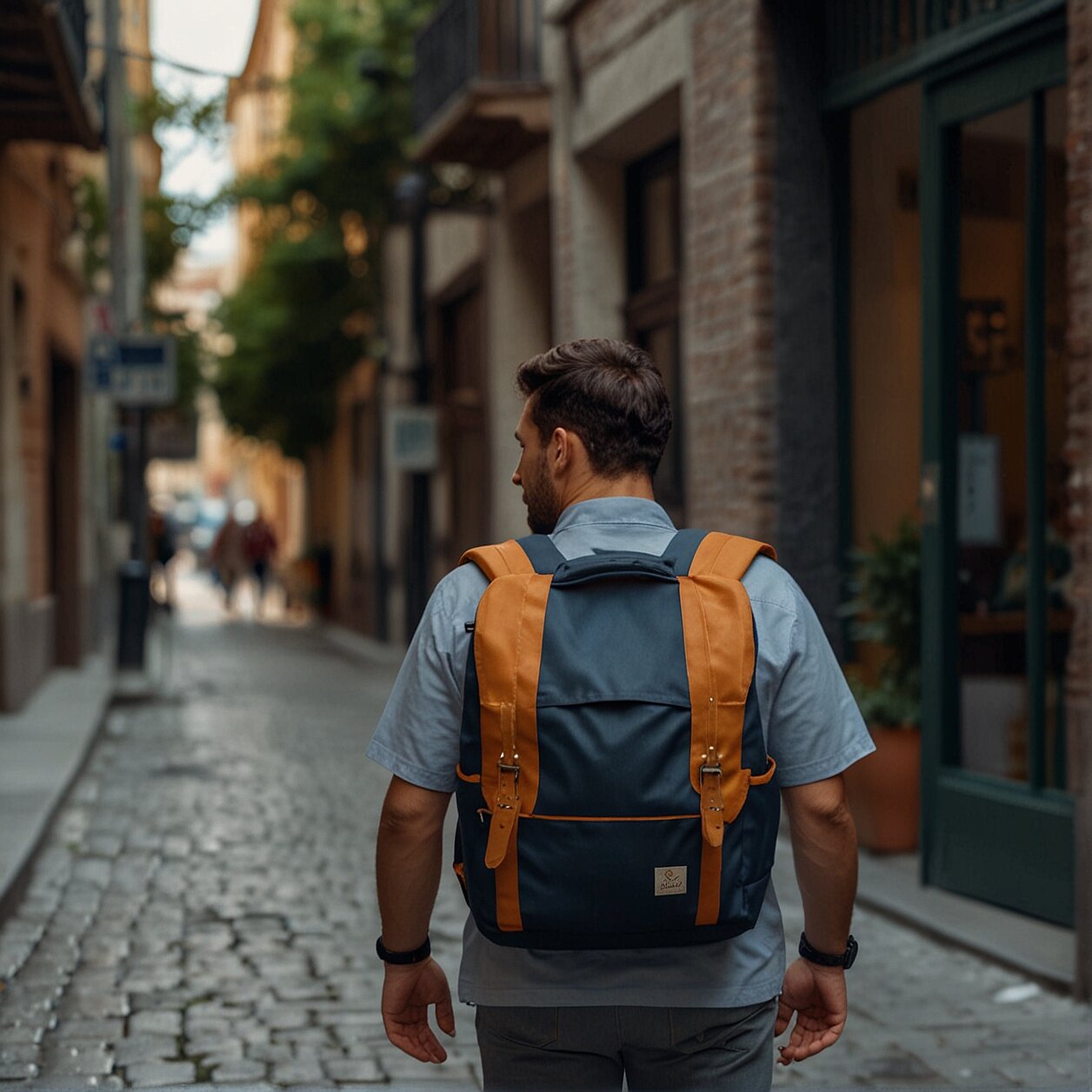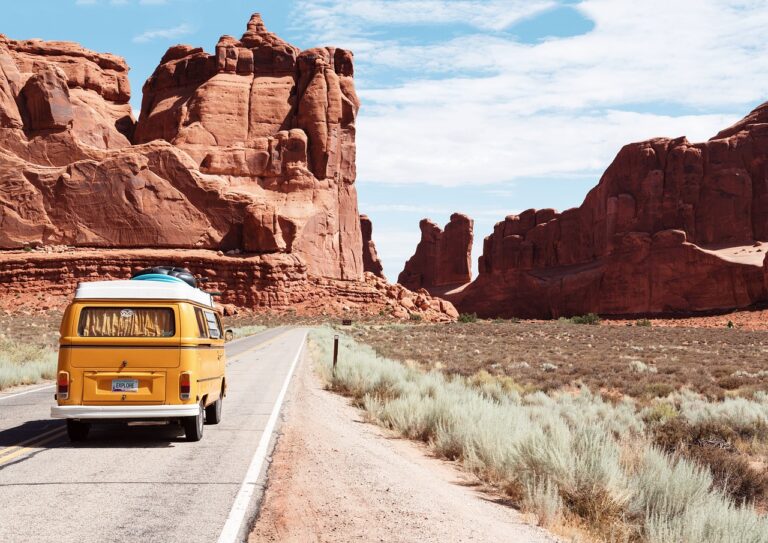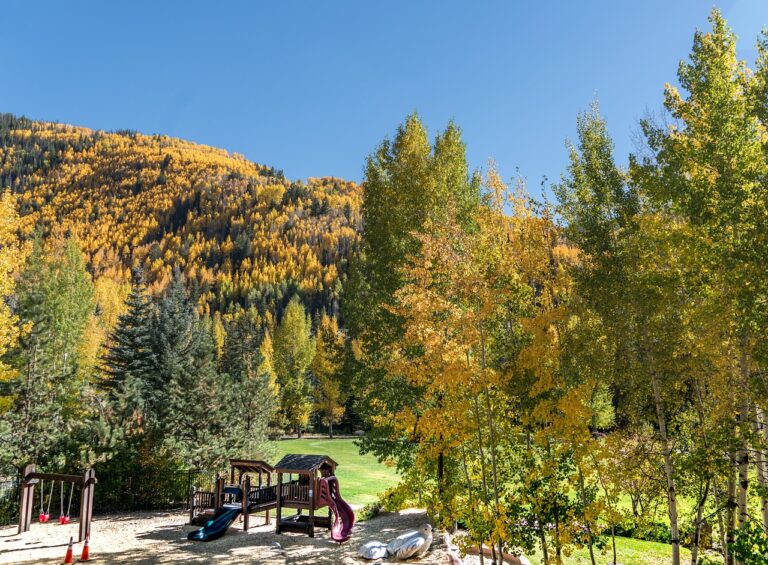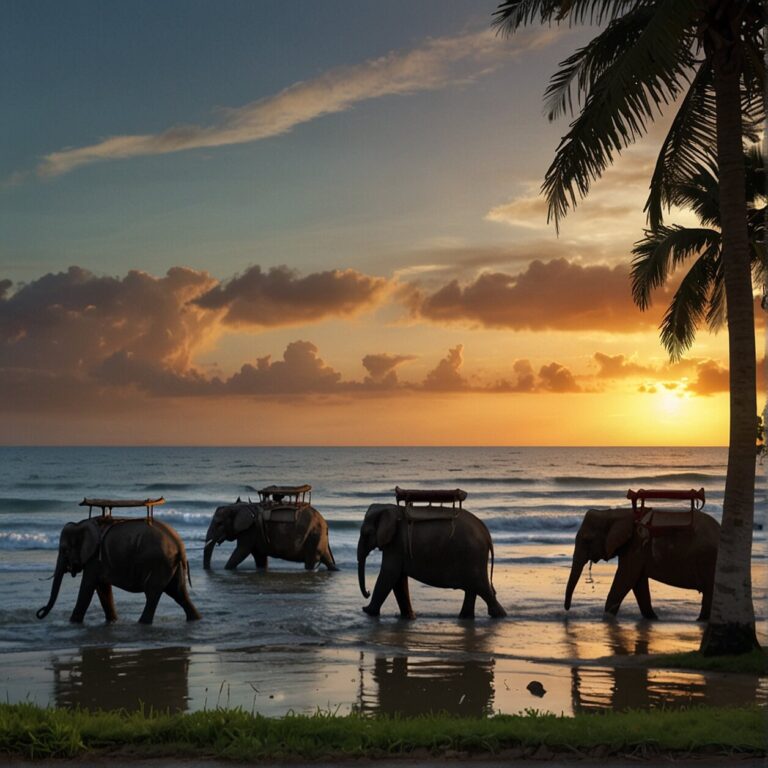Solo Backpacking: A Therapeutic Getaway for Busy Professionals
In today’s frenzied world, it’s easy to get caught up in the hustle and bustle of our daily commitments. The tedium of unending meetings, deadlines, and pressures can take a toll on our mental and physical well-being. It’s no wonder that many professionals seek ways to escape the overwhelming demands of their routine and restore balance. Enter the concept of solo backpacking – a recharging break from the fast-paced corporate world wrapped in an adventure. An unparalleled opportunity to commune with nature, solo backpacking offers an invigorating journey to self-discovery while challenging your physical endurance.
“He who would travel happily must travel light.” – Antoine de Saint-Exupéry
Solo backpacking is not just about ticking off destinations on your bucket list – it’s about taking a step back to reconnect with your inner self, away from the digital noise. It’s about testing your limits, pushing boundaries, and finding joy in solitude. Whether you’re scaling an unknown terrain or savoring the quietude of a hidden valley, this self-contained voyage can leave you with a lasting sense of accomplishment and revitalization. Let’s delve into the blissful solitude and simplicity of solo backpacking and how it contributes to much-needed self-care and stress relief for busy professionals.
Embracing Serenity: The Perks of Solo Backpacking
You see, solo backpacking isn’t just a journey through a physical landscape, it’s a journey into the very crux of your being. The return ticket from such a venture comes stamped with the imprint of newfound confidence, an unlearning of self-consciousness that arises from the necessity of relying on your own decision-making skills and survival acumen. In the grand theatre of nature, you become both the director and the star of your own narrative.
But does solo backpacking mean a lonely venture? Not at all! When we venture out alone, we become more open to forging new connections. Spending time on the trail gives you ample opportunities to engage more with fellow backpackers and local communities. People, invariably, are drawn towards shared stories and experiences. As a solo backpacker, you find yourself trading tales and insights around campfires, expanding your worldview through the lenses of others.
One of the most poignant benefits of solo backpacking is the freedom it offers. With no schedules to respect other than those dictated by the sun and moon, and no routes to follow other than those you map out yourself, the rhythm of your journey is yours to define. Will you wake up early to witness the sunrise paint the landscape, or will you indulge in some extra hours of sleep, nestled in nature’s lap? Whether you decide to trailblaze through rough terrains or laze by a crystal-clear lake, each decision shapes your unique journey of self-discovery.
And finally, perhaps one of the most rewarding aspects of solo backpacking: the unguarded, unfiltered moments of introspection. Removed from the modern world’s cacophony, solo hiking makes space for much-needed internal dialogue. Here, you can engage with your thoughts, wrangle them, and ultimately come to peace with them. It paves the way to self-reflection and offers a quiet sanctum where you can reconnect and rejuvenate yourself.
So, why not embrace the solo backpacking trip as a self-care adventure? Chock-full of life lessons delivered in scenic presentations, it might just be the perfect antidote to your incessant stress and the ideal recipe for personal growth.
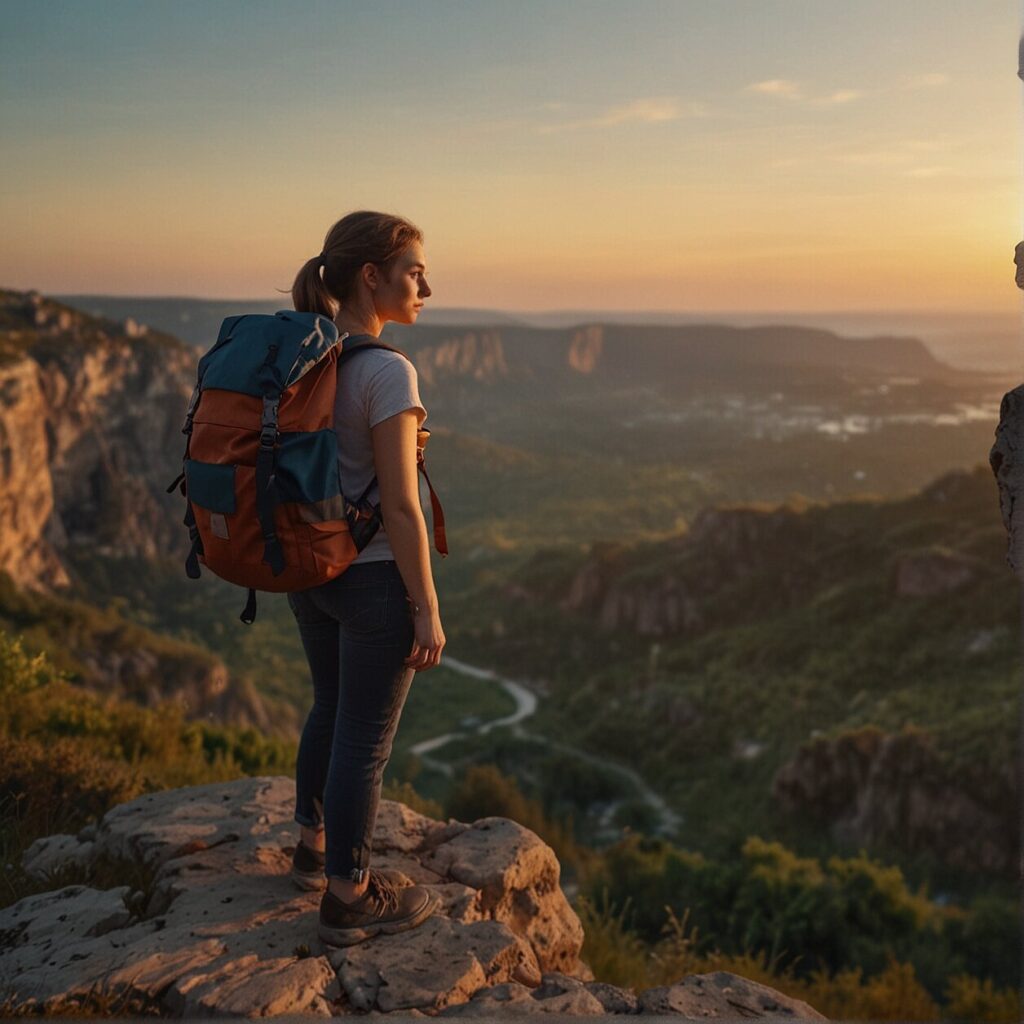
Finding Your Inner Compass: Mental Health and Solo Backpacking
Solo backpacking, in its essence, is an intimate journey of self-discovery. As you venture into unfamiliar territories, navigating through wilderness and enchanting landscapes, you’re also immersing yourself into a profound self-reflection.
One of the key benefits of solo hiking is the freedom it provides. You are at liberty to choose the destination, pace, and duration of your adventure. Not being bound by the preferences and restrictions of travel companions allows you to dictate your own rhythm, directly impacting your mental well-being positively.[1]
Many hikers often find themselves entering a meditative state while walking, allowing them to savor their surroundings and take in each detail. This mindfulness helps unlearn self-consciousness and invites an inner peace, replacing the deafening noise of our everyday life with the tranquil whispers of nature.[2]
A solo adventure necessarily doesn’t mean loneliness. It is an opportunity to engage more with fellow backpackers and make new friends on the trail. Sharing camaraderie with like-minded individuals can help enhance your social skills and stave off feelings of seclusion.[3]
Remember, solo backpacking is not about promising yourself that you won’t feel any discomfort. It’s about learning to be comfortable with the discomfort. It lets you experiment, develop your unique groove on the trail, and cultivate self-reliance. You’ll get to know your strengths, abilities, and also your limitations, helping to build your confidence substantially.[4]
While solo backpacking adventures can be great for self-growth and stress relief, they do come with their risks. It’s important to always adventure within your limits, making sure you’re aware and prepared for any given hazards or emergencies.[5]
Undoubtedly, the path less traveled might bring you face to face with solitude, unexpected challenges, and even anxiety. But remember, every step you take on this trail is a conscious stride towards your mental health and wellbeing. The freedom, the self-discovery, the beauty of silence, and the unadulterated joy of navigating through the unknown, makes solo backpacking a unique form of self-care.
The Art of Planning: A Step by Step Guide to Your Solo Backpacking Trip
We cannot stress enough the importance of meticulous planning when embarking on a solo backpacking trip. By planning ahead, you can ensure that everything runs smoothly, reducing the risk of unexpected surprises which may add stress. Your destination, your route, accommodation, weather conditions – these are all important elements to consider in your planning process.
Start with your destination. With solo backpacking, you enjoy the rare freedom to travel to any place you’ve ever dreamt of without having to compromise (as you might have to do with group travel). Research locations that are safe for solo travelers, offer the kind of activities you enjoy, and fit within your desired travel budget. Consider aspects such as climate, tourist traffic, and local customs before making the final decision.
Next, chalk out your itinerary. This gives you a clear picture of what you can do on each day of your trip. Having a clear plan prevents redundancy and ensures that your time is effectively used. Make room for some flexibility – spontaneous adventures are often the most memorable. Just make sure to always have a backup plan in place.
Then, book your accommodation well in advance. When choosing where to stay, prioritize reliability and safety. Look for locations that are in close proximity to public transportation or are near the activities you’re planning to do. While it’s good to be budget-conscious, it’s crucial not to compromise your safety to save money.
And finally, keep an eye on the weather forecasts. Adjust your plans accordingly if sudden changes in weather conditions are predicted. Remember, safety always comes first.
To sum it up, proper planning for your solo backpacking trip can actually aid in your stress-relief journey, fostering a sense of control and confidence. The process of planning itself can be therapeutic, allowing you to look forward and visualize the adventures that lie ahead. Embrace the journey, from planning to execution, as a chance to connect with yourself, nurture your independence, and grow your resilience.
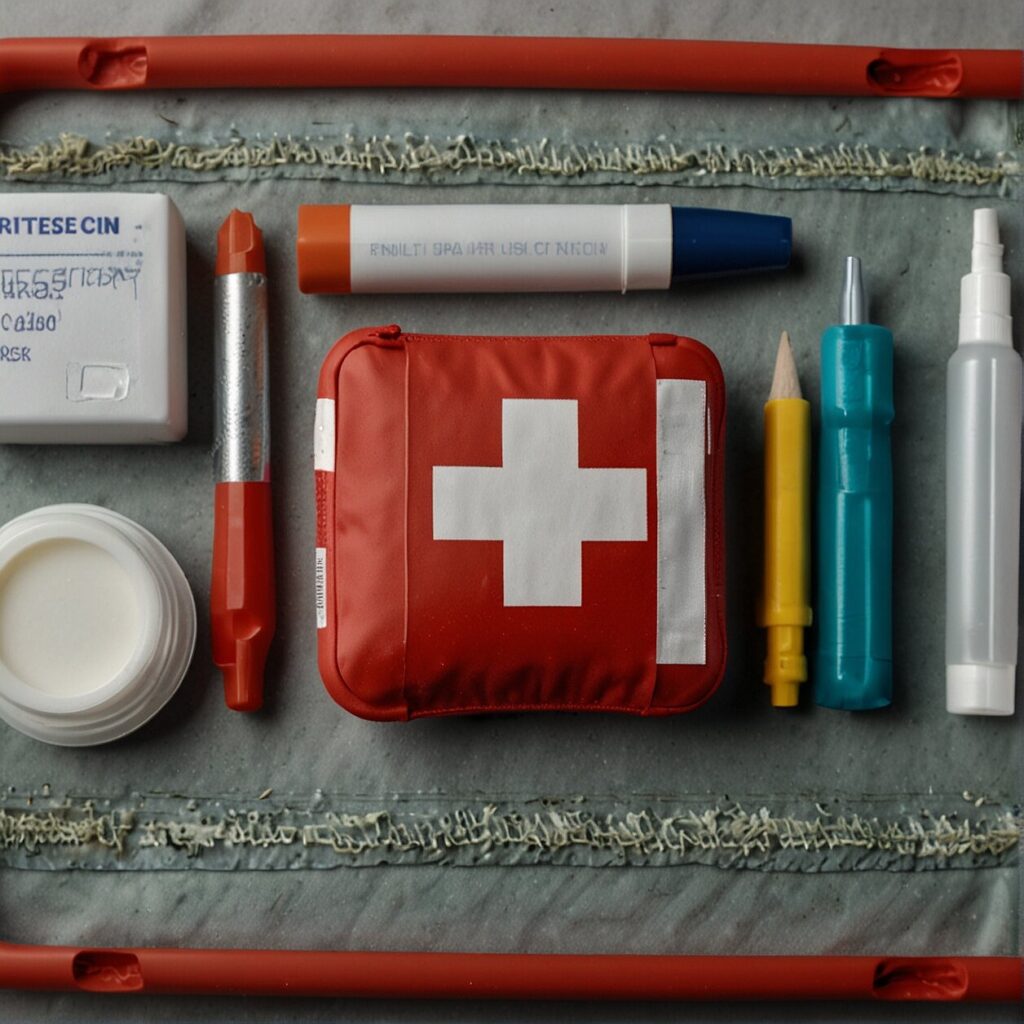
Gear up: Must-have Equipments for a Solo Backpacking Trip
As you set forth on a solo hike, it’s vital to arm yourself with the right tools. To ensure your journey goes from good to great, proper gear plays a significant part. Irrespective of the duration of your journey, these essentials should find their way into your backpack.
- Navigation Tools: A compass and map, or a reliable GPS are a must. These tools will not only help you stay on track, but they also ensure that you can find your way back if you happen to wander off.
- First-Aid Kit: Accidents can happen, so always be prepared. A handy first-aid kit is not something you should hit the trail without. Include antiseptic, bandages, tick removal tools, and personal medication if necessary.
- Tent and Sleeping Bag: A lightweight yet comfortable tent and sleeping bag are crucial for ensuring a good night’s sleep. Comfort and protection from the elements go a long way to making your trip more enjoyable.
- Food and Water Supply: Always pack enough food and water and then some more — you never know when you might need those extras. Portable water filters are a useful addition, allowing you to source water from nature when necessary.
- Emergency Kit: It’s always wise to carry a small whistle, a flashlight with extra batteries, and a firestarter kit. These items could prove lifesavers in an emergency situation.
- Clothing: Dress according to the climate, and always bring a raincoat. Layering is a good approach. It allows adaptability to changing weather conditions.
Finally, remember that the goal of solo backpacking isn’t to haul an excessively heavy bag but to enjoy the journey. So, keep your gear light, minimalistic, and merely supportive of your goal – to bask in the liberty and thrill of solo adventure.
Uncharted Paths: Choosing the Right Destination for Your Solo Trip
The allure of solo travel lies in the thrilling autonomy it offers. As a solo backpacker, liberty is yours. You have ultimate control over your location, pace, and the duration of your adventure – a refreshing contrast to the often-compromised decisions in group settings. But with great freedom comes great responsibility, and one of those responsibilities is picking just the right destination for your journey.
While the world out there is an open book waiting for you to thumb through its pages, it’s crucial to start with a well-thought-out plan. The bedrock of any successful solo backpacking trip begins with selecting the right destinatio, and it’s about more than pinpointing a spot on a map. It’s a combination of researching, matching your adventure level, understanding your limitations, and developing a sustainable budget.
It’s only human to be drawn to the pristine beaches, high peaks, and far-flung corners of the earth. However, it’s essential to gauge your comfort level. Are you comfortable navigating unfamiliar terrain? Are you able to problem-solve on your feet when faced with unexpected hitches? Solo travel is about stepping outside of your comfort zone, but it’s also about knowing your boundaries and respecting them.
Research widely on your intended destination, checking travel advisories, local customs and culture, climate conditions, and safety measures. With solo backpacking, it’s essential to be as prepared as possible, primarily when dealing with the unfamiliarity of a new environment. Your travel plans should be ambitious, but also safe and respectful to the locales.
Furthermore, solo backpacking is more than a physical journey—it’s a personal journey of self-discovery and self-improvement. As remarkable as it is for building confidence and honing essential skills like itinerary planning and navigation, it is equally important for mental rest, recharge, and reflection. Therefore, when choosing your destination, contemplate a place that could inspire peace and give you the mental restoration you need.
The freedom of solo travel is incredibly liberating and transformative. As a solo traveler, you’re the scriptwriter, director, and leading actor of your adventure. So plot that course carefully, and remember, the joy isn’t just the destination, but the vibrant journey as well. Happy solo backpacking!
FAQ’S
What are the benefits of solo travel?
Solo travel, especially when backpacking, can offer a multitude of benefits. For starters, it provides a unique opportunity to experience new cultures and landscapes at your pace. This means you can take your time to truly immerse yourself in the environment and engage with local residents. No rush, no pressure, just you and the moment.
Additionally, solo backpacking can empower you. It may sound challenging at first, especially when you face complications like navigating the New York City subway system or winding through the perplexing streets of London. Yet, it is exactly these types of experiences that build resilience, enhance problem-solving skills, and ultimately boost self-confidence.
Another perk of solo travel lies in the lack of drama. When traveling alone, you control the atmosphere of your trip. Any tension or stress typically stems from personal choices, meaning you feel more accountability and therefore have an increased capacity for growth.
Does solo travel help in self-exploration?
Yes, indeed! Solo travel is a wonderful way to explore not only new destinations, but also oneself. By stepping outside of your comfort zone, there’s an invitation to intimately understand your strengths, weaknesses, fears, and aspirations. There’s no better place to practice self-care and self-discovery than amid the silent whispers of nature or bustling streets of a city yet unexplored.
What to keep in mind about the budget for solo traveling?
When it comes to budgeting for a solo traveling expedition, there are several key factors to keep in mind. Budgeting is extraordinarily personal, and your individual financial circumstances will heavily dictate your own approach. However, some general principles can guide everyone.
Firstly, you’ll want to save a sum for unexpected expenditures. You never know when you might encounter a surprise cost, so it’s wise to be prepared for unforeseen circumstances. Secondly, always consider the cost of accommodation, food, activities, and transportation for your destination. Researching prices beforehand can prevent monetary surprises during your trip.
Additionally, don’t forget to factor in the cost of travel insurance. It’s a non-negotiable aspect of any kind of travel, as it can cover medical emergencies, cancellations, and other unexpected events. Lastly, always budget a bit more than what you think you’d need. It’s better to return with money leftover, than to run out while on your trip.
Solo travel can indeed require a financial investment, but remember, the benefits, experiences, and skills you would gain may outweigh the monetary aspect. Solo travel can increase independence, build confidence, and develop essential life skills. So, budget carefully, plan diligently, and relish the enriching adventure that awaits you.
How can solo backpacking act as a form of self-care?
Consider solo backpacking as appointment in your calendar for self-care. In the rushing current of our daily obligations, it’s easy to neglect oneself, yet self-care is a necessity, not a luxury. When you venture out into nature with nothing but a backpack, you provide yourself the opportunity to pause, breathe, and unplug from the hustle and bustle of the professional world.
During these solo adventures, you build resilience as you navigate new landscapes and handle any obstacles that crop up. This has a wonderful transference to your personal and professional life. Not only does it make you more independent and confident, but it fosters problem-solving capabilities and determination. Let’s not forget, you’re also honing essential skills like planning itineraries and mapping routes, which again, can be useful in your professional sphere.
While on the trail, the inherent human desire for connection doesn’t disappear simply because you’re alone. Often, you’ll find yourself engaging more with others—whether they’re fellow backpackers or locals—because solo travel breaks down every barrier. These interactions lead to a richer travel experience and can even result in long-lasting friendships.
One big perk of solo backpacking is that you’re the one in control. Want to increase your pace or slow down to enjoy the scenery? No problem. You have the freedom to choose the location, pace, and duration of your adventure without consideration or compromise. This choice can be quite liberating and can give you the breathing space you often seek.
Isolation does bring bouts of loneliness and boredom, and it’s important to acknowledge that these feelings would surface. However, the art of being comfortable in your own company and learning to enjoy solitude can indeed be learned over time and can prove to be therapeutic.
Solo backpacking is, in essence, an exercise in self-growth, self-reflection, and self-love. It’s you granting yourself the space and time to connect with your thoughts, unlearn self-consciousness, and simply be. So, if you’ve been feeling overwhelmed and stuck in a rut, solo backpacking could be the reboot you need. It’s giving yourself permission to take a break, escape from your routine, and just reset. And that, in our busy lives, is the ultimate act of self-care.
How to ensure safety while on a solo backpacking trip?
afety is paramount when embarking on a solo backpacking journey. It’s essential to have a robust plan in place and stay mindful of your surroundings at all times. So how can you ensure your safety? Let’s dive in.
First and foremost, it’s critical to stay within your limits. Remember, this isn’t a race; it’s an adventure. Pushing yourself too hard physically could land you in a difficult situation, especially when you’re alone. Know your capabilities, and don’t hesitate to take regular breaks when you need them.
Equipping yourself with knowledge of the area you’re exploring is also a must. Familiarize yourself with the terrain, wildlife, and potential weather conditions. Keep a trail map handy, and know your route. If possible, get advice from those who have trekked the area before. This upfront preparation can help you avoid surprises and risky scenarios.
One unique aspect of solo travel is the ability to meet new people and engage with the community along the trail. While it’s great to be open to making new friends, remember to maintain a degree of cautiousness. Always keep your personal information and intentions private until you truly trust the person.
It’s also advisable to let someone at home know about your plans. Provide them with an itinerary of your trip including expected check-ins. This way, they can report to the authorities if you fail to check-in when expected, ensuring that even when you’re alone, you’re not entirely on your own.
Finally, prepare for emergencies. Have a well-stocked first-aid kit and know how to use it. Learn basic survival skills, like how to make a fire or navigate using the stars. Your phone might not always have reception, so consider investing in a satellite communicator or Personal Locator Beacon (PLB) for emergency situations.
Maintaining safety during a solo backpacking trip may seem daunting, but with careful planning, mindful behavior, and a deep respect for nature, you can ensure a fulfilling and safe journey.
How to manage work responsibilities while planning for a solo backpacking trip?
Managing work responsibilities when planning for a solo backpacking trip can appear overwhelming. But don’t worry, with effective strategies, you can seamlessly balance both.
First, plan your trip well in advance. This means settling on your dates early on and requesting vacation days from your employer as soon as possible. This advanced planning gives your employer ample time to adjust and plan accordingly.
Furthermore, set boundaries between your work and personal life during the planning stage. There might be a temptation to answer work calls or emails during your travels. Avoid this where possible. Though it’s important to be reachable in case of emergencies, it’s equally crucial to separate yourself from the daily bustle of work to truly enjoy your solo adventure.
Consider the use of automation tools and delegation. If your job allows, delegate some tasks to your colleagues or setup automated email responses to let people know you’re unavailable. Technology can be a true ally in ensuring work continues smoothly in your absence.
Lastly, prepare for your return. Work might pile up while you’re away, which could be stressful. However, you can prevent this by setting clear expectations about what will be taken care of in your absence and what will need to wait for your return.
Remember, solo backpacking is all about ensuring your wellbeing. Treat it as an essential part of your self-care routine and handle your work responsibilities with the importance they deserve, but not at the expense of your personal time.
How to handle emergencies during a solo backpacking trip?
Handling emergencies during a solo backpacking trip can seem daunting, but being prepared and informed can ensure safety. Here’s what you need to keep in mind.
Firstly, familiarize yourself with first aid basics. This includes knowing how to treat minor injuries like cuts and wounds, and recognizing symptoms of hypothermia, heat stroke, or altitude sickness. It could be highly beneficial to carry a first aid kit and knowing how to use it can make a significant difference in an emergency.
Secondly, always leave a detailed plan of your route with a trusted person before you depart. Include information like where you’re going, how long you’ll be gone, and when they should expect to hear from you next. This way, if something goes awry, rescue teams can reach you much quicker.
Moreover, personal locator beacons (PLBs) or satellite messengers can be lifesavers in an emergency. These small devices can send out an emergency SOS signal, and some models also allow you to send and receive messages.
Lastly, remember the essential survival skills. This includes building a fire, finding and purifying water, and navigating without a compass. These broad skills can be invaluable in an unforeseen circumstance.
Certain situations may also trigger feelings of panic or anxiety. Breathe deeply, prioritize your immediate needs, and work systematically through the challenge you’re facing. Remember, the key is to stay calm, committed, and be well-prepared.
What kind of budget is needed for a solo backpacking trip?
The budget for a solo backpacking trip can vary significantly based on several factors. These range from your chosen destination, the season of your travel, your lifestyle preferences, and your travel duration. Furthermore, the budget also greatly depends on whether you prefer to camp or stay in hotels, eat out or cook your own meals, and whether you choose to participate in costly activities or enjoy the simplicity and low cost of hiking and nature exploration.
If you’re just starting out on your first backpacking adventure, you might want to set aside a larger budget. This is because you’ll likely need to invest in important gear like a backpack, a tent, a sleeping bag, and other camping essentials. However, remember that these are one-time costs and the gear, if well chosen and maintained, can last you for many future trips.
Remember, you can save on transport expenses by choosing your destination wisely. Pair the cityscapes of Europe with breathtaking mountain landscapes by planning a trip in a country like Switzerland where you can take advantage of their efficient and economic public transport systems. If you’re more adventurous and are willing to navigate through unchartered wilderness, you might choose cost-effective destinations like Nepal or Peru. There, you can immerse yourself in nature while enjoying the economical local cuisine and home stays.
Finally, setting funds aside for emergency situations is a must. It’s always safe to prepare for the unexpected when you are on your own in unfamiliar places.
So while it’s important to maintain a budget, always keep in mind the aim of your solo backpacking trip – to engage more with the world, unlearn self-consciousness, develop confidence, and for it to serve as a form of self-care. Thus, while planning, prioritize experiences that will cater to these intentions, even if they may slightly stretch your budget. After all, the freedom to choose the location, pace, and duration of the adventure is one of the many benefits of solo hiking.

